2009-04-02 09:23
Freight stabilizes, passengers drop
The International Air Transport Association (IATA) announced international traffic statistics for the month of February showing continuing deterioration in demand.
Passenger volumes fell sharply to 10.1% below 2008 levels (from the -5.6% recorded in January). The 5.9% reduction in capacitythe most aggressive since the sub-prime crisis begancould not keep pace with the fall in demand, pushing the February load factor down to 69.9% (3.2 percentage points below the same month in the previous year).
February international freight volumes were 22.1% below 2008 levels. This is the third consecutive month at more than 20% below previous year levels (-23.2 in January and -22.6% in December).
loom continues.
The sharp drop in February passenger traffic shows the broadening scope of the crisis. Freight traffic, which began its decline in June 2008 before passenger markets were hit, has now had three consecutive months in the -22% to -23% range. We may have found a bottom to the freight decline, but the magnitude of the drop means that it will take time to recover,?said Giovanni Bisignani, IATA? Director General and CEO.
Bisignani warned that the burden of the crisis requires an industry response. ?his is not just an airline crisis. Efficiency must be a priority for the entire value chain. A 25% reduction in landing charges at Singapore Changi Airport and a 50%reduction at Malaysian Airports are major steps in the right direction. These are model programmes for others to follow,said Bisignani.
The priority for airlines around the world is survivalconserving cash and adjusting capacity to match demand. This means re-sizing and re-shaping the industry to deal with the US$62 billion (12%) fall in revenues expected this year. Airlines will be making some tough decisions to stay afloat as we head for industry losses of US$4.7 billion in 2009, said Bisignani.
Passenger volumes fell sharply to 10.1% below 2008 levels (from the -5.6% recorded in January). The 5.9% reduction in capacitythe most aggressive since the sub-prime crisis begancould not keep pace with the fall in demand, pushing the February load factor down to 69.9% (3.2 percentage points below the same month in the previous year).
February international freight volumes were 22.1% below 2008 levels. This is the third consecutive month at more than 20% below previous year levels (-23.2 in January and -22.6% in December).
loom continues.
The sharp drop in February passenger traffic shows the broadening scope of the crisis. Freight traffic, which began its decline in June 2008 before passenger markets were hit, has now had three consecutive months in the -22% to -23% range. We may have found a bottom to the freight decline, but the magnitude of the drop means that it will take time to recover,?said Giovanni Bisignani, IATA? Director General and CEO.
Bisignani warned that the burden of the crisis requires an industry response. ?his is not just an airline crisis. Efficiency must be a priority for the entire value chain. A 25% reduction in landing charges at Singapore Changi Airport and a 50%reduction at Malaysian Airports are major steps in the right direction. These are model programmes for others to follow,said Bisignani.
The priority for airlines around the world is survivalconserving cash and adjusting capacity to match demand. This means re-sizing and re-shaping the industry to deal with the US$62 billion (12%) fall in revenues expected this year. Airlines will be making some tough decisions to stay afloat as we head for industry losses of US$4.7 billion in 2009, said Bisignani.
많이 본 기사
- 신년특집 기획/ 새해 컨시장 기상도 유럽 상승 vs 북미 혼조컨운임지수 넉달만에 2500선 넘어…6주 연속↑상하이항 5000만TEU·싱가포르항 4000만TEU 나란히 돌파BDI 1015포인트…케이프·수프라막스선 하락세 이어져해운협회, 부산항내 중대재해 예방 안전캠페인태웅로직스, 한화토탈에너지스 우수 파트너사 선정해운조합, 전환교통지원사업 24일까지 공모여수해경, 해양환경관리 모범선박 예인선 <세진 101>호 선정해양수산부, 김혜정 신임 부산해수청장 선임대한조선, 그리스 선사 발주 석유제품운반선 4척 동시명명
- 인천신항 선광신컨테이너터미널, 전기구동 야드트랙터 13대 도입SK인천석유화학, 3300t급 급유선 도입…“서해 벙커링시장 경쟁력 강화...경기평택항만공사, 평택·당진항 배후단지 업무편의시설용지 분양강도형 해수부 장관, “새해 글로벌공급망 관리 중점 추진”관세청, 설맞아 수출입화물 선적지원·24시간 통관등 특별대책 시행인사/ 우진글로벌로지스틱스부음/ 한국선급 최원준 부사장 모친상‘항만효율화 공로’ 주성씨앤에어 박진수 대표, 해수부 장관표창 영예롯데글로벌로지스, ‘소비자불만해결 우수사업자’ 선정BPA, 신년맞이 동절기 부산신항 안전관리 실태 점검








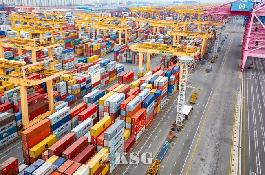




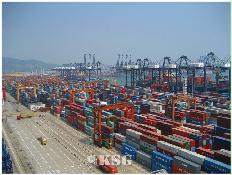
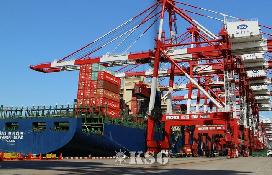
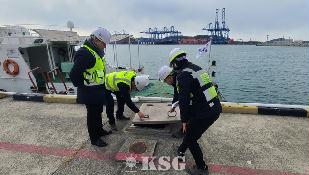








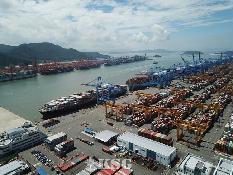



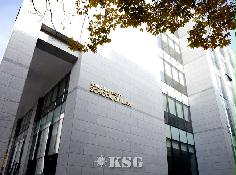
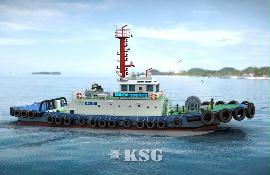









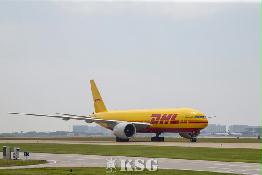
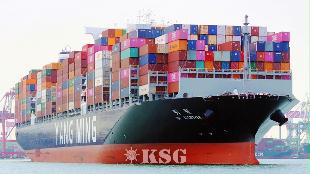
























0/250
확인